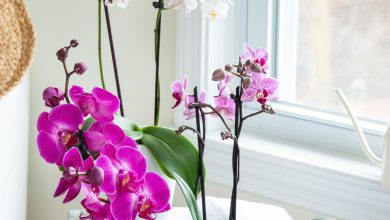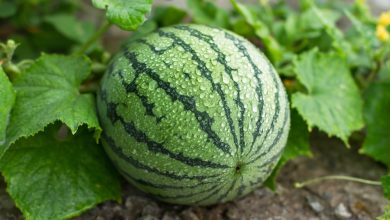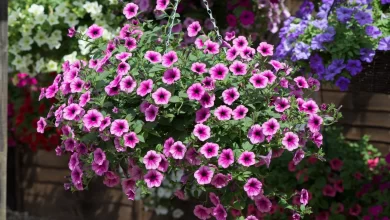Prickly Pears: [Cultivation, Irrigation, Care, Pests and Diseases]
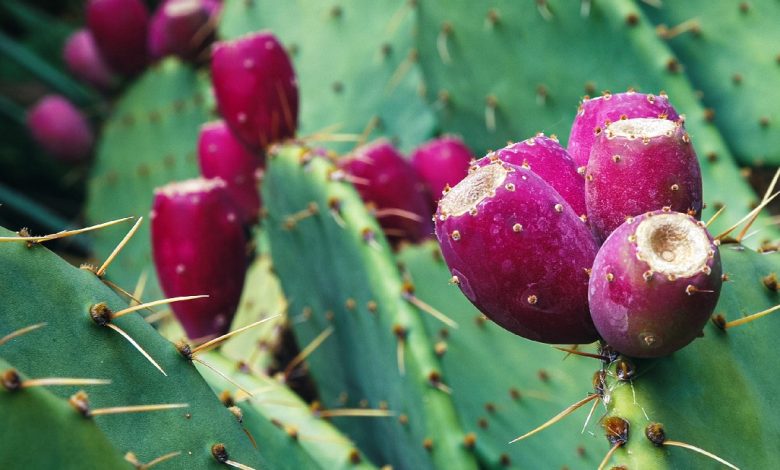
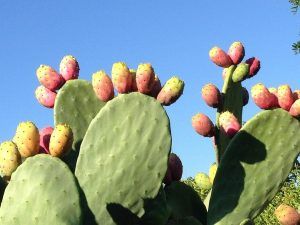 Opuntia ficus-indica is a prehistoric plant native to Mesoamerica, an ancient region that is now part of Mexico.
Opuntia ficus-indica is a prehistoric plant native to Mesoamerica, an ancient region that is now part of Mexico.
It dates from prehistoric times, long before the Spanish arrived in the Americas.
The prickly pear is the cactus with the highest agronomic value in the entire world. In fact, the Food and Agriculture Organization of the United Nations has included the prickly pear as one of the 50 foods of the future.
They do little harm to the planet and are very nutritious. It is generally cultivated as a vegetable plant, as well as for the production of prickly pears and cochineal, one of the most important natural pigments in the world.
The first opuntias introduced to Europe most likely grew in Seville or Cádiz. From this point they spread to mansion gardens and botanical gardens.
Important points when planting a prickly pear:
- Scientific name: Opuntia ficus-indica.
- Common name: Prickly pear, prickly pear, fig tree, prickly pear, palera, nopal de Castilla.
- Height: 3 to 5 meters.
- Light requirement: Direct light.
- Temperature: Warm and temperate climates (15ºC to 25ºC).
- Irrigation: Low and moderate.
- Fertilizer: Organic fertilizer.
What characteristics does the prickly pear have?
The nopal is a cactus with a superficial and fleshy root system. Under favorable conditions it reaches a depth of 30 centimeters. However, they can extend up to 4 or 8 meters below the ground. The prickly pear has a pseudo stem made up of cladodes.
These are succulents with flat sections, longer than wide, 30 to 40 centimeters long, reaching even 80 centimeters. An important characteristic of cladodes is the presence of buds, or areoles, which have the ability to produce new cladodes, flowers, and aerial roots.

The areoles, in turn, have grouped spines. The flowers of the prickly pear do not have a stem, they appear solitary on the areoles and generally appear on the upper edge of the leaves. These can be of different colors and generally measure 7 to 10 centimeters long.
The fruit of the prickly pear is a fleshy berry colored yellow, green, orange, red or purple. Its skin is prickly, its pulp is sweet and contains numerous seeds. It measures 5 to 10 centimeters long and 4 to 8 centimeters in diameter.
When to sow the prickly pear?
The best time to plant the prickly pear is during the month of March, when the weather starts to turn warm. In the event that the area has mild winters, planting can extend into mid- summer.
Where to plant the prickly pear?
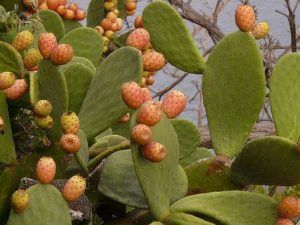 The prickly pear can be grown in a variety of environments, from arid and tropical areas to areas with extremely cold temperatures.
The prickly pear can be grown in a variety of environments, from arid and tropical areas to areas with extremely cold temperatures.
However, the temperature range, both day and night, should be between 25ºC and 15ºC.
Likewise, the presence of adverse meteorological phenomena, such as frost, cold air winds and hailstorms, must be considered. In these cases, it will be vital to locate it in a place that provides the necessary protection to prevent damage.
On the other hand, the prickly pear should be planted facing the sun, in soils with a minimum depth of 30 centimeters for small crops. In the case of commercial plantations, this should be 60 to 70 centimeters.
How to prepare the land?
The prickly pear has the ability to grow in different types of soils as long as they have good drainage. However, the optimal soils are those that have a sandy or loamy sand texture, with a neutral and slightly alkaline pH, between 6.5 and 7.5.
In order for the soil to be ready, it will need to be prepared in advance. Deep tillage work can be done to loosen the soil, improve drainage, increase aeration, and increase water-holding capacity.

In the case of soil amendments, these must be carried out before planting and be based on soil analysis. However, in the case of a particular crop, any type of organic fertilizer may be used and applied during the production stage of the plant.

How do we water the prickly pear?
The prickly pear is a species that is cultivated in temporary conditions, with rains during the summer. However, it needs supplemental irrigation if its development period coincides with the dry season or when the annual rainfall is low. Irrigation should be applied moderately, without flooding the soil.
How often do we water the prickly pear?
If the prickly pear has just been planted and is located in a region with less than 300 millimeters of rain per year, then 1 or 2 light irrigations of 10 liters should be applied during its first months.

Likewise, they can be applied from 2 to 3 irrigations, from 30 to 50 millimeters of water, during their growth period. However, amounts and frequency should be adapted to local climate conditions and soil type.
How to plant a prickly pear step by step?
The prickly pear is propagated mainly by vegetative parts, which can be obtained from authorized producers. The steps to grow it are as follows:
- Select a mother plant that is 6 months to 1 year old, healthy, at least 30 centimeters wide by 20 centimeters long.
- Disinfect the racket by impregnating it with a substance made up of 2 parts of lime and 2 parts of triphasic copper sulphate mixed in 100 liters of water.
- Let them rest for 2 or 3 weeks in the shade.
- Dig a hole 10 or 15 centimeters deep and place the penca perpendicular to the sun, from north to south, to receive more solar radiation. In hot regions, it should be oriented at 40 degrees to avoid burns.
- Tamp down firmly after planting and water lightly to moisten the soil.
What care does the prickly pear need?
Some necessary care to cultivate the prickly pear are the following:
- Take care of frost and temperatures below 5ºC, as they can profoundly affect the performance and structure of the plant.
- Protect it from hail. The wounds can be exploited by bacteria and fungi in the plant.

What pests and diseases affect the prickly pear?
Among some of the insects that cause damage are the grana cochineal, the zebra worm, the white nopal worm and the blind hen. With regard to the most serious diseases is the thickening of cladodes.
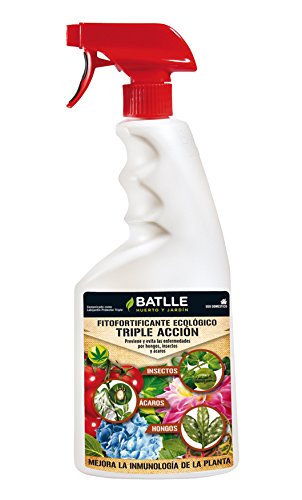
References
- http://www.fao.org/3/i7628es/I7628ES.pdf
- http://www.scielo.org.mx/pdf/agro/v49n1/v49n1a3.pdf
- https://riunet.upv.es/bitstream/handle/10251/3794/tesisUPV2920.pdf
- http://iniciativasolidaria.itesa.edu.mx/resources/DCVI/3.%20El%20nopal.pdf
- https://ciqa.repositorioinstitucional.mx/jspui/bitstream/1025/364/1/Erica%20Patricia%20Sanchez%20Vazquez.pdf

